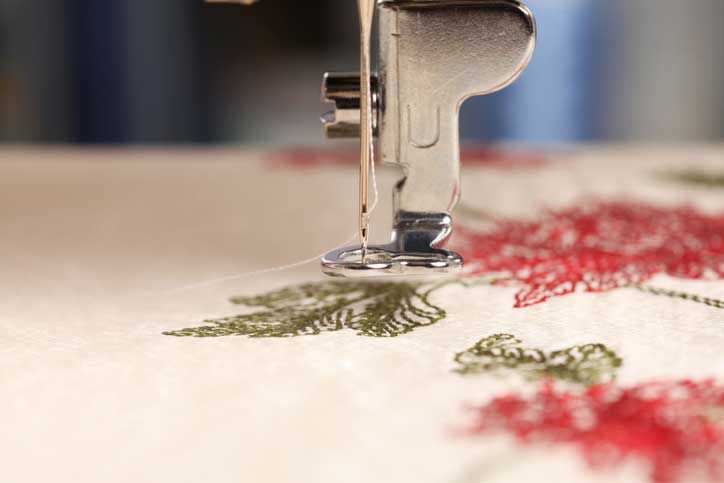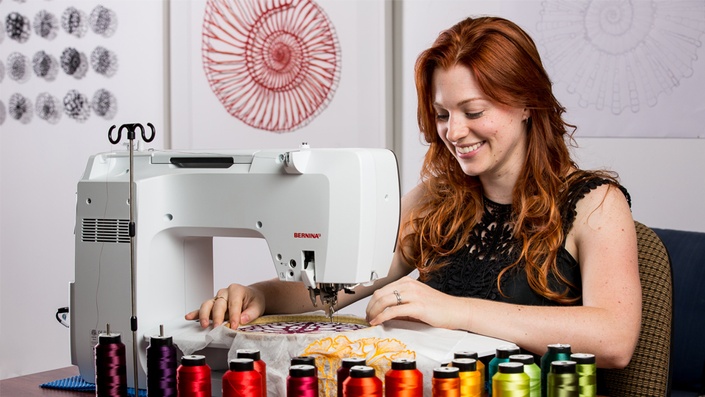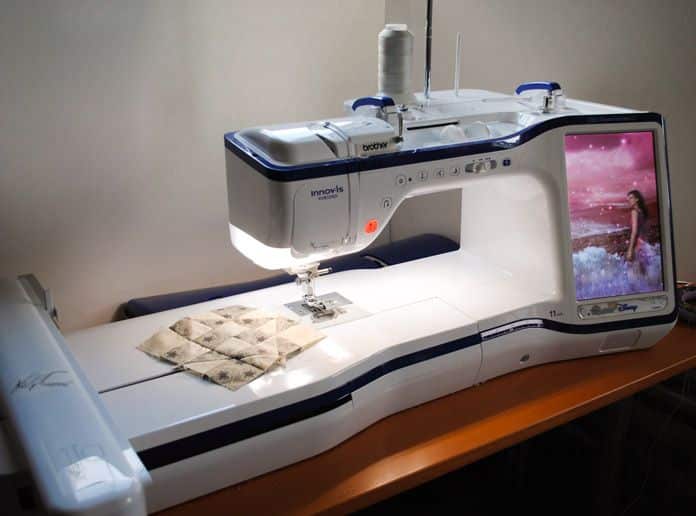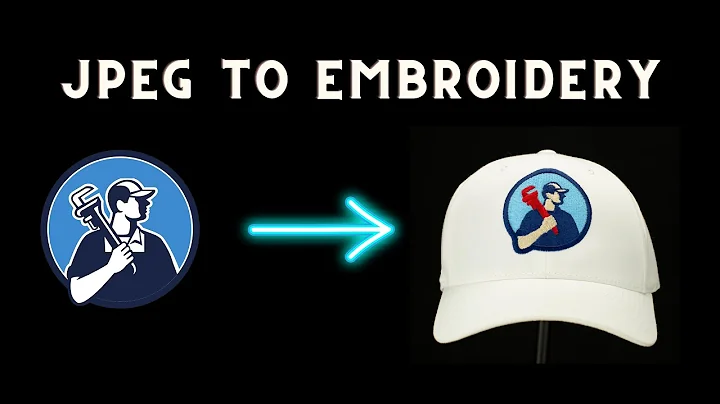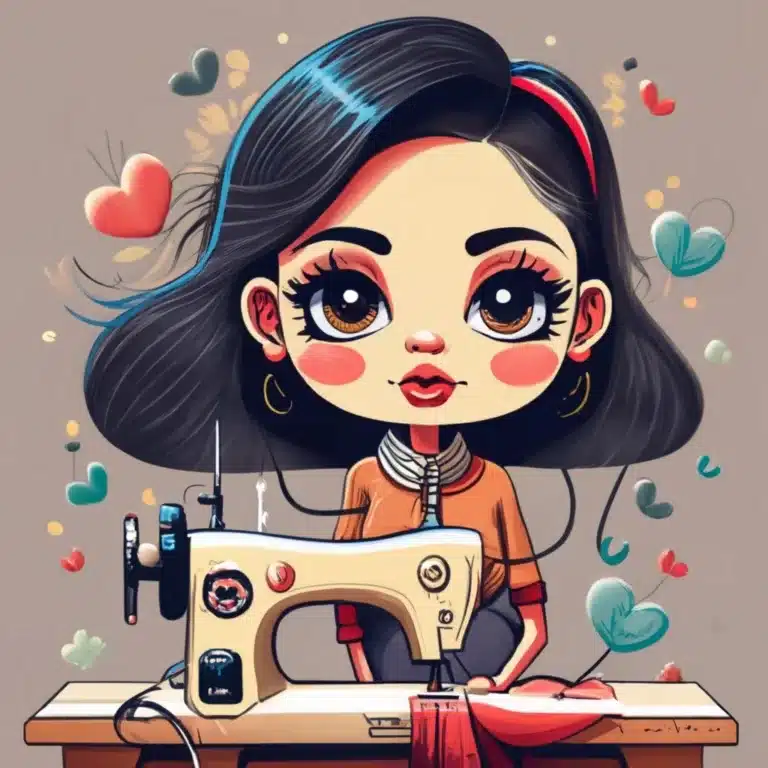Rediscovering the Charm of Vintage Embroidery Patterns: A Guide to Timeless Needlework
Introduction:
Vintage embroidery patterns have seen a resurgence in popularity, captivating both seasoned stitchers and newcomers alike. These timeless designs offer a window into the past, allowing us to connect with the artistry and craftsmanship of bygone eras. In this comprehensive guide, we’ll explore the allure of vintage embroidery patterns, discuss how to find and use them, and offer tips for incorporating these classic designs into modern projects.
The Appeal of Vintage Embroidery Patterns: Vintage embroidery patterns hold a special place in the hearts of many crafters. Their charm lies in their ability to evoke nostalgia, showcase intricate details, and tell stories through needlework.
These patterns often feature:
- Delicate floral motifs
- Whimsical animal designs
- Elaborate alphabets and monograms
- Scenes from daily life
- Holiday and seasonal themes
Embracing vintage patterns allows us to preserve traditional techniques and celebrate the rich history of embroidery.
Finding Vintage Embroidery Patterns: Discovering authentic vintage patterns can be an exciting treasure hunt.
Here are some sources to explore:
- Antique shops and flea markets
- Online marketplaces like Etsy and eBay
- Vintage craft books and magazines
- Family heirlooms and hand-me-downs
- Digital archives and museums
- Dicover our section Vintage designs
When searching online, use specific keywords like “1950s embroidery transfer patterns” or “vintage pillowcase embroidery designs” to narrow your results.
Understanding Vintage Pattern Types: Vintage embroidery patterns come in various formats:
- Iron-on transfers: Heat-activated designs that can be ironed onto fabric
- Perforated patterns: Designs punched with tiny holes for chalk or pencil transfer
- Printed patterns: Designs directly printed on fabric, often found on vintage linens
- Charted patterns: Grid-based designs, common in cross-stitch and counted thread work
Familiarizing yourself with these types will help you choose patterns that suit your skill level and project needs.
Adapting Vintage Patterns for Modern Use: While vintage patterns are beautiful in their original form, they can also be adapted for contemporary projects. Consider these ideas:
- Resize patterns using photo editing software or a photocopier
- Update color schemes with modern thread palettes
- Combine elements from different vintage patterns to create unique designs
- Incorporate vintage motifs into clothing, accessories, or home decor items
- Use traditional designs with non-traditional materials like metallic threads or beads
Preserving and Caring for Vintage Patterns: If you’re fortunate enough to acquire original vintage patterns, proper care is essential:
- Store patterns in acid-free sleeves or folders
- Keep them away from direct sunlight and humidity
- Handle delicate paper patterns with clean, dry hands
- Consider scanning or photographing patterns for digital backup
- Share copies rather than originals when working on projects
Techniques for Transferring Vintage Patterns: Transferring vintage patterns to fabric requires care and precision. Here are some methods:
- Light box tracing: Place the pattern under your fabric on a light box and trace with a fabric pen
- Window method: Tape the pattern and fabric to a sunny window and trace
- Transfer paper: Use dressmaker’s carbon paper between the pattern and fabric
- Prick and pounce: For perforated patterns, use a pounce wheel and chalk powder
- Water-soluble stabilizer: Trace the pattern onto stabilizer, stitch, and dissolve the stabilizer
Each method has its advantages, so experiment to find what works best for your project and fabric type.
Popular Vintage Embroidery Styles: Vintage patterns often showcase specific embroidery styles popular in different eras:
- Redwork: Simple red thread on white fabric, popular in the late 19th century
- Crewel embroidery: Wool thread on linen, often featuring Jacobean designs
- Blackwork: Geometric patterns in black thread on white fabric
- Cutwork: Combining embroidery with cut-out areas in the fabric
- Ribbon embroidery: Using silk ribbons to create dimensional floral designs
Learning these techniques can help you authentically recreate vintage-style embroideries.
Incorporating Vintage Designs in Modern Projects: Vintage embroidery patterns can add a touch of nostalgia to contemporary items:
- Embellish tote bags or denim jackets with retro motifs
- Create heirloom-quality baby gifts using vintage animal designs
- Stitch vintage floral patterns on modern throw pillows
- Use vintage monograms to personalize towels or napkins
- Frame small vintage embroideries as wall art
The key is to balance the vintage charm with modern sensibilities for a fresh, timeless look.
Resources for Vintage Embroidery Enthusiasts: To further explore the world of vintage embroidery, check out these resources:
- Online communities like Vintage Embroidery Patterns group on Facebook
- Museums with textile collections, such as the Victoria and Albert Museum
- Vintage craft book reprints from publishers like Dover Publications
- Embroidery blogs specializing in vintage techniques and patterns
- Local embroidery guilds or needlework groups
- Dicover our section Vintage designs
These resources can provide inspiration, historical context, and a sense of community for vintage embroidery enthusiasts.
Challenges and Solutions in Working with Vintage Patterns: While rewarding, working with vintage patterns can present some challenges:
- Faded or unclear instructions: Research similar patterns or consult embroidery forums for guidance
- Outdated terminology: Use embroidery stitch dictionaries to decode unfamiliar terms
- Incomplete patterns: Get creative and design complementary elements to complete the design
- Fragile original materials: Create digital or photocopied versions for everyday use
- Limited color information: Experiment with different color combinations or research period-appropriate palettes
Overcoming these obstacles can be part of the fun and learning experience of working with vintage patterns.
Conclusion: Vintage embroidery patterns offer a unique blend of artistry, history, and craftsmanship. By exploring these timeless designs, we not only create beautiful handmade items but also connect with the rich tradition of needlework. Whether you’re drawn to the delicate florals of the Victorian era or the bold geometrics of the 1960s, there’s a vintage embroidery pattern waiting to inspire your next project. Embrace the charm of these classic designs and let them add a touch of nostalgia and elegance to your modern stitching endeavors.
Related Posts
Discover relevant articles, tutorials, and tips to improve your skills and explore new techniques.
Stay inspired and connected to our embroidery community.


